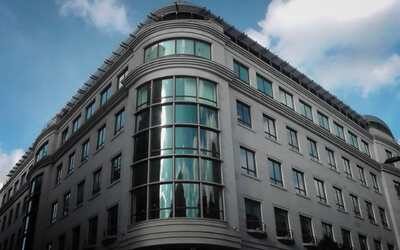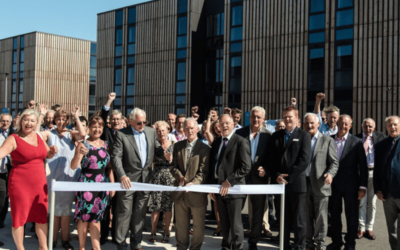
Case Studies


The Stamford Endowed Schools: Case Study

Ibstock Brick Eclipse Factory: Case Study
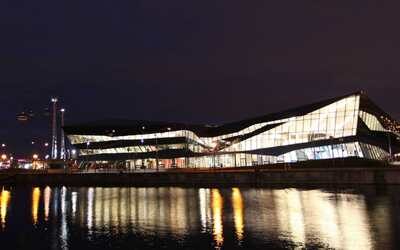
The Crystal: Case Study

TGW Group: Case Study
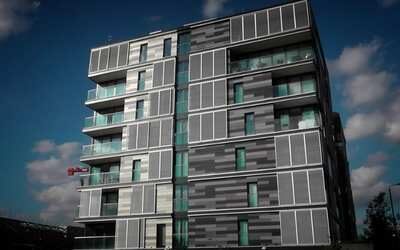
Kings Cross The Arthouse: Case Study

Smith Brothers Stores LTD: Case Study

Audi City: Case Study
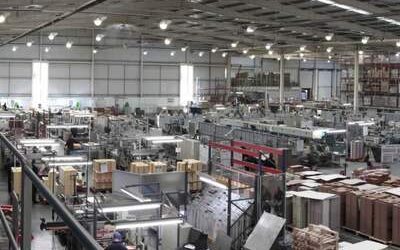
Benson Group: Case Study
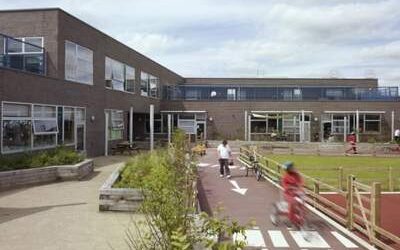
Woodside Inclusive Learning Campus: Case Study

RAF Alconbury Comissionary: Case Study
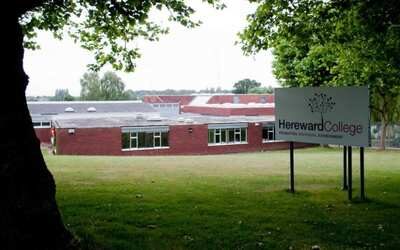
Hereward College: Case Study

A Global Investment Bank: Case Study
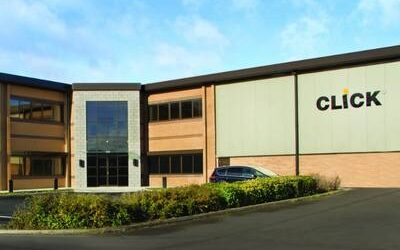
Scolmore Group Building Extension: Case Study
